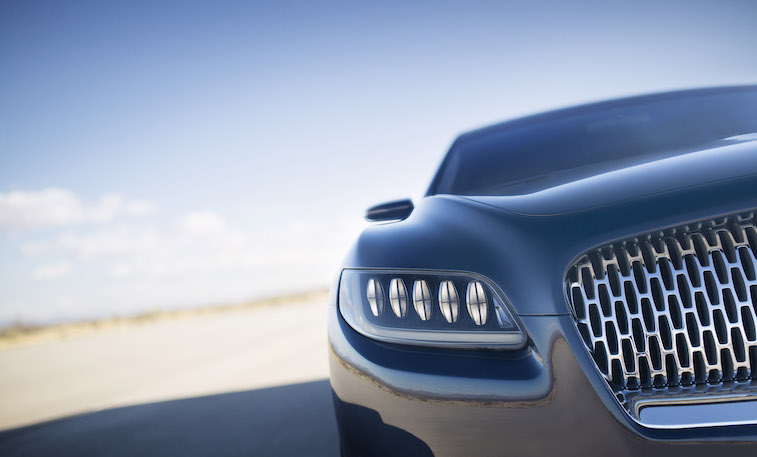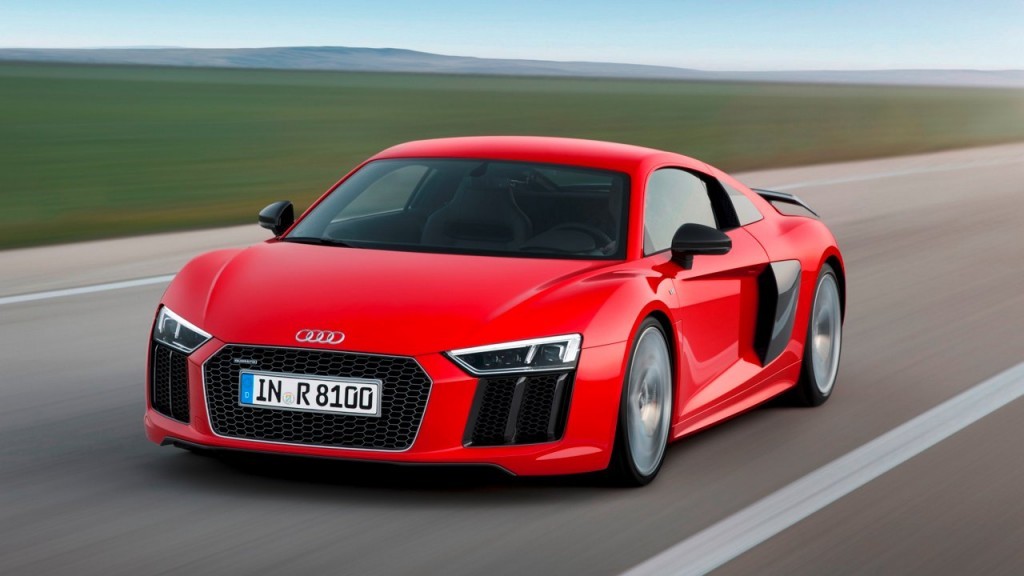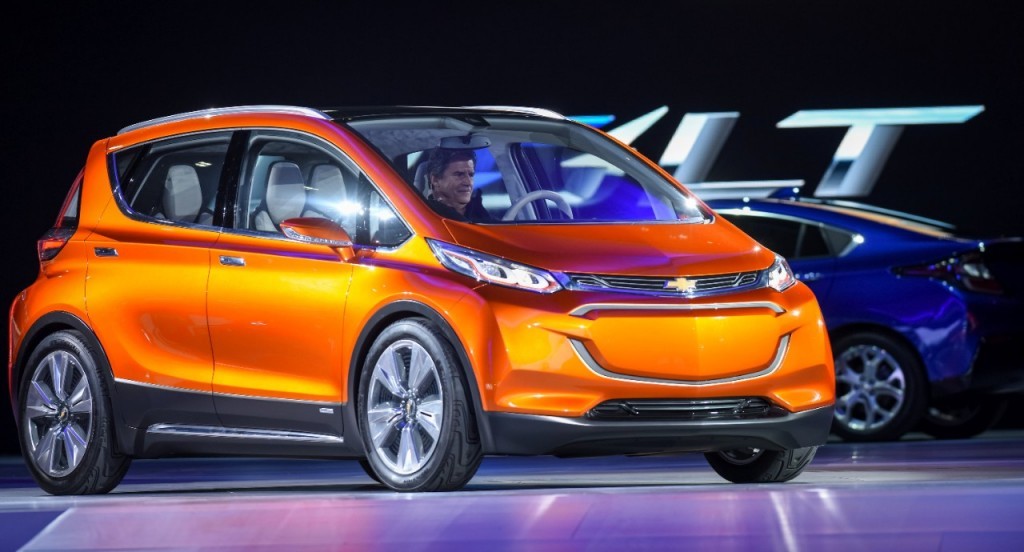
Lincoln Continental Concept
It used to be that cars got a big refresh every year. Looking over the cars of the past, there were worlds of difference between a ’55 and ’56 Chevy, or a ’65 and ’66 GTO. But somewhere along the line, automakers began to favor evolution over revolution from year to year. For the past 40 years or so, models would be subtly updated, and enjoy a longish five-to-seven year production run with a mid-cycle refresh thrown in to keep things fresh. Today, with new technology, evolving safety features, fuel economy, and better construction, cars are evolving faster than ever before, and it might not be long before we return to yearly updates.
There is, of course, a pretty big difference between a mid-cycle refresh and a ground-up design. A refresh usually works off on an existing platform and architecture, allowing for styling and interior upgrades without radically redoing the mechanicals underneath. For the first time in decades, companies are getting surprisingly quick with them, so much so that they can be used to right a sinking ship. In 2012, Honda’s all-new Civic was such a dud, that the company gave the car an “emergency refresh,” warning dealers that “The changes made to the 2013 model will make the outgoing 2012 Civic a difficult model [to] sell when they are side to side.” Chevy followed suit in 2013 to make its Malibu sedan a little more palatable.

Source: Lincoln
New cars take time to develop, can cost upwards of $6 billion, and usually take about five years from inception to production. As a result, it’s rare to see a new car arrive in anything less than half a decade. But even that seems like it could be changing. The 2016 Ford GT supercar took less than two years to develop, and the recently-announced Alfa Romeo Giulia took just a little longer. With the advent of the modular platforms favored by Volkswagen and Volvo, we might be seeing a lot more “all-new” models a lot sooner. But as the are now, the chips are mostly down for 2016 models. To take a look at what’s really in store, we’ll need to skip ahead a year, to 2017.

Source: Audi
The world will be a very different place in just a year and a half. While a new president settles into the White House, The Fast and the Furious 8 hits theaters, and the Houston Astros are on the way to winning their first World Series, we’ll be getting an important new crop of cars that should see us well into the next decade.
The most noticeable change will probably be in tech and safety features. For 2016, Hyundai and Chevy will sell cars equipped with both Apple CarPlay and Android Auto infotainment systems. By ’17, expect the universal infotainment software to see widespread availability from even more automakers. Along with infotainment will come more standard features. By May 2018, the NHTSA is requiring all new vehicles to have back-up cameras as standard equipment. With the mandate set to go into effect mid-way through the 2018 model year, expect the equipment to pop up as standard on a number of ’17 models.

Source: Chevrolet
Above all else, there’s evidence that 2017 could be the beginning of the end for traditional cars. The most anticipated model may be the Tesla Model 3, which is expected to have a premium feel, a range of at least 200 miles on a charge, and start at $35,000 before tax incentives, a combination that the company believes will allow it to sell 500,000 cars a year by 2020. Unsurprisingly, major automakers are looking to head Tesla off at the pass. Chevy will release their all-electric Bolt in ’16 as a 2017 model year, and Nissan hopes its next-generation Leaf will woo new buyers.
And as Nissan and GM explore the possibility that there could be life after the internal combustion engine, cars will begin to phase out the driver itself. Volvo will put 100 completely autonomous XC90 SUVs on the roads in Sweden, Mercedes-Benz’ all-new E-Class will offer semi-autonomous driving features, and Tesla’s Autopilot feature will be more refined and more capable.
And that’s just the tip of the iceberg. A lot can change in a year-and-a-half, and in all likelihood it probably will. But on top of these developments, it looks like things are about to get a lot more interesting in the automotive world.
Source: Cheatsheet
